Brilliant Volkswagen ID.Buzz cuts through the increasingly generic appearance of modern EVs
The Volkswagen ID.Buzz embodies automotive practicality and makes the most of Volkswagen’s EV platform, creating a family of vans, campers and light commercial trucks to match its historic Type 2

When the Volkswagen ID.Buzz finally arrived, it was clear that VW had spent plenty of time finessing the details. While the brand’s other ID models have been criticised for wayward software and less than inspiring styling, the ID.Buzz had a lot to live up to.
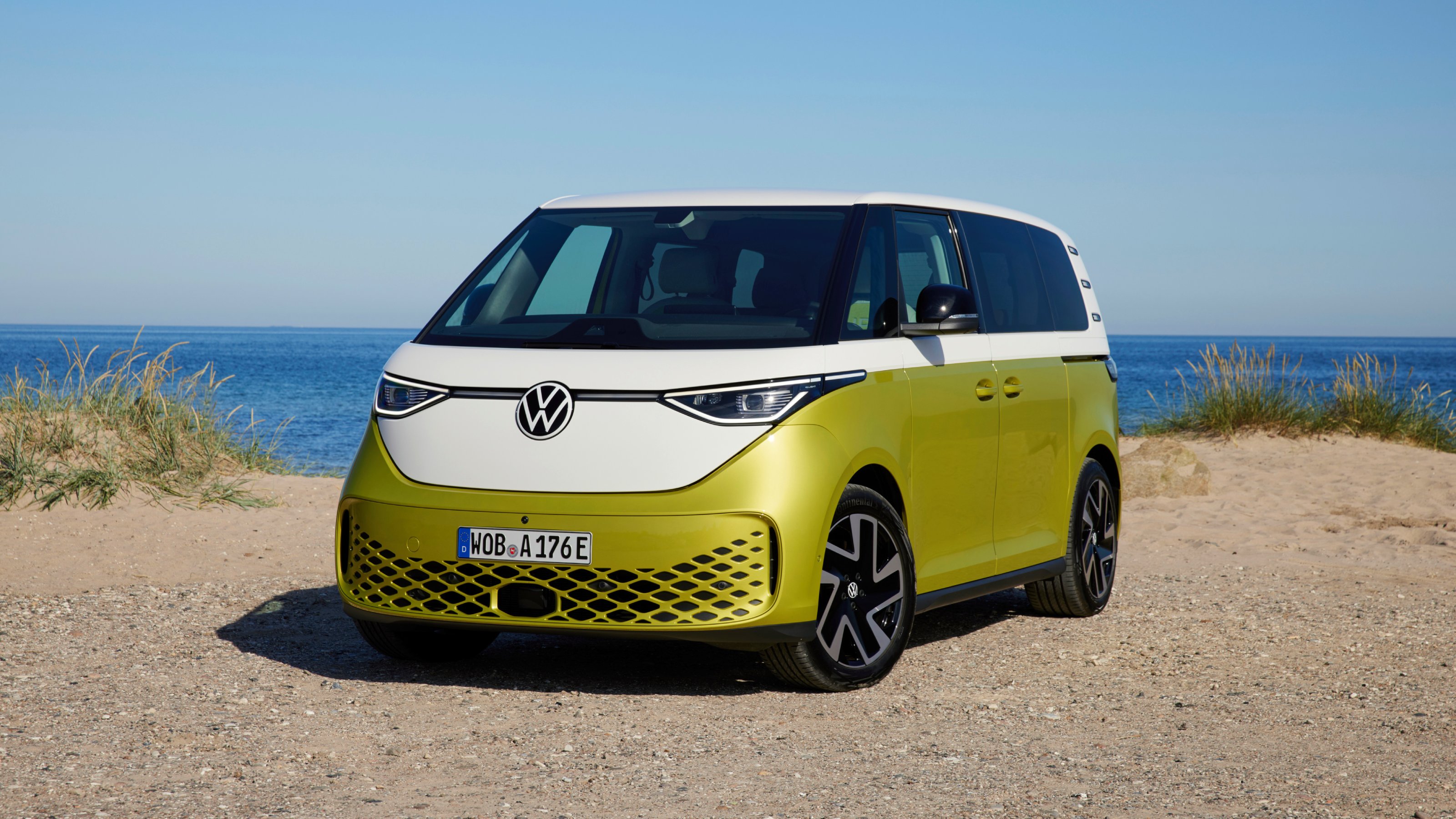
The spirit of Volkswagens past hangs heavy over the ID.Buzz. It’s not just in the retro two-tone paintwork, but in the scope of the whole endeavour; a van-like vehicle that can be adapted into an almost infinite variety of uses, just like the original Type 2.
Ironically, it’s taken until now for an EV platform to provide this potential flexibility at consumer level, rather than simply being a simple way for auto giants to spread the cost by sharing components across fleets and brands.
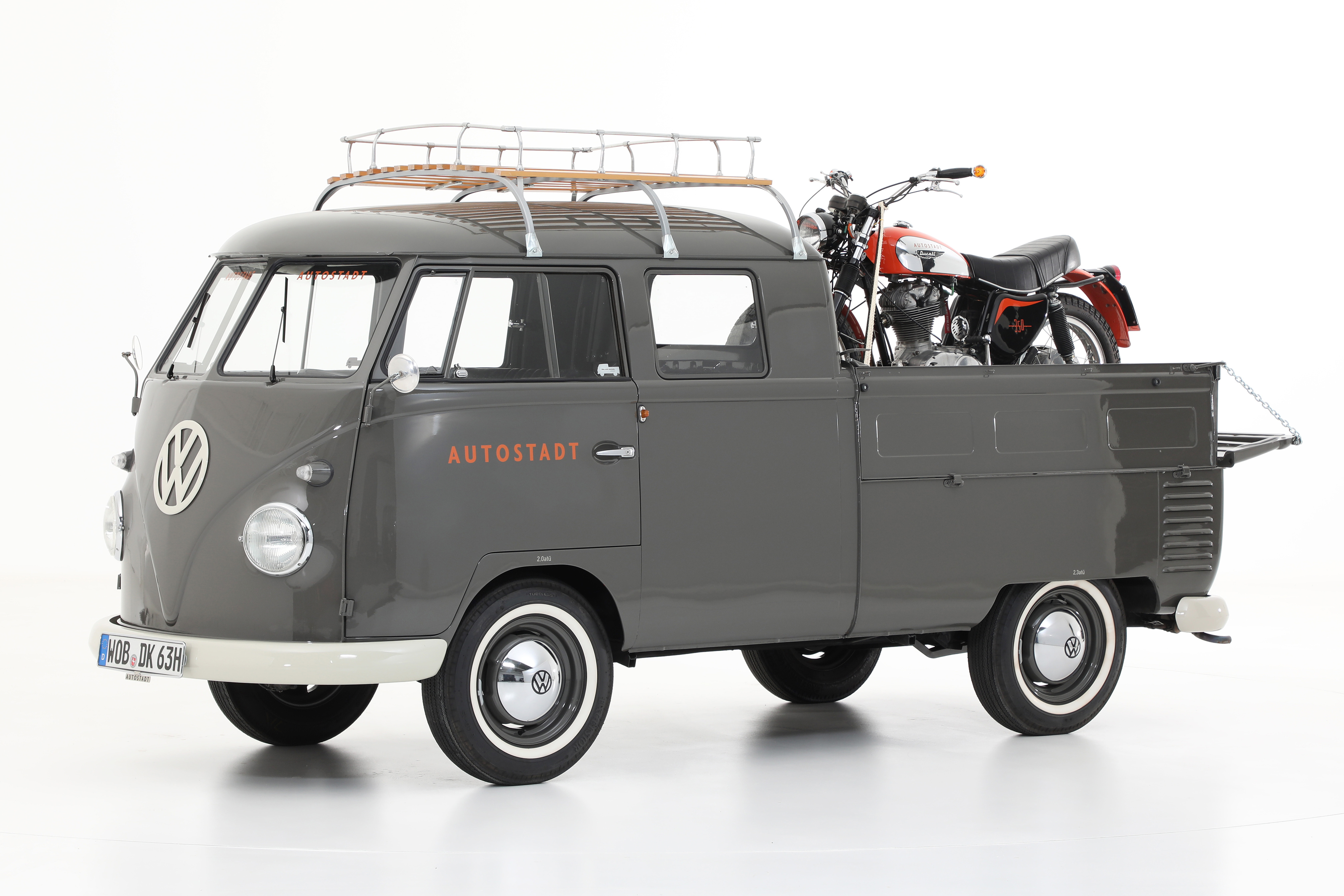
Volkswagen Type 261 (1965) and Ducati Scrambler 350 (1973)
The ID.Buzz isn’t alone. Mercedes has electrified its Viano model to create the EQV, while Vauxhall has the Vivaro Life Electric. However, both of these models share platforms with ICE equivalents, albeit a purely commercial one in the Vivaro’s case. VW’s advantage is a clean-sheet design, as well as a fertile tranche of good feelings left over from the collective cultural memory of VW’s Type 2 bus and its descendants.
Volkswagen ID.Buzz reviewed
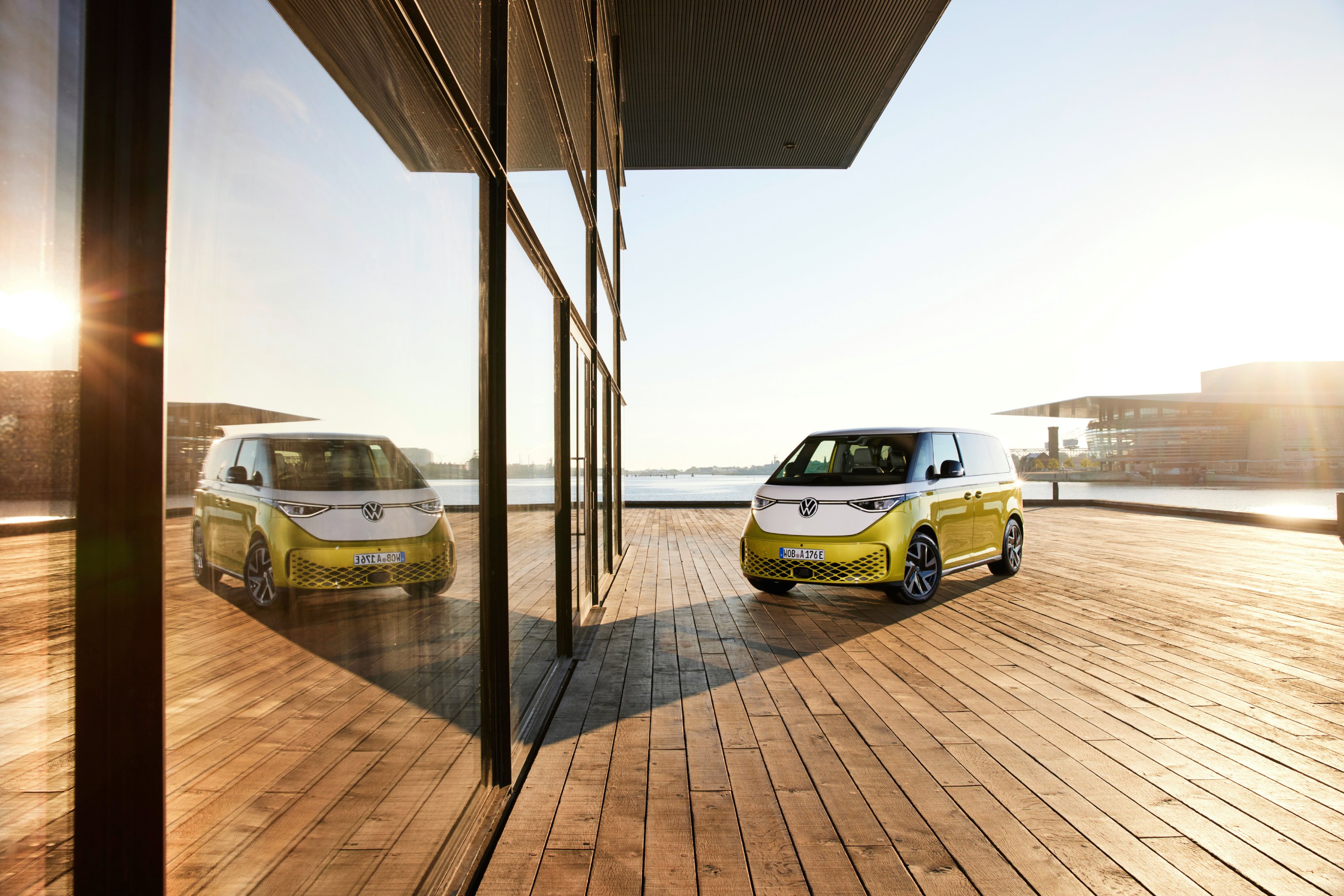
So does the Buzz rekindle this passion? Although long-wheel base passenger variants haven’t yet arrived, there’s already an ID.Buzz Cargo for those who want to forgo seats for goods, as well as two basic trim levels for the passenger model, the Life and the Style (the latter gives you that all-important layered paint job).

There’ll soon be a seven-seater variant, as well as a long-awaited camper version, a modern version of the cult 1950s and 1960s model and an electric rival to VW’s own California series. It’s not hard to imagine a pick-up variant, or an ice cream van or any number of other applications where profile is just as important as performance.
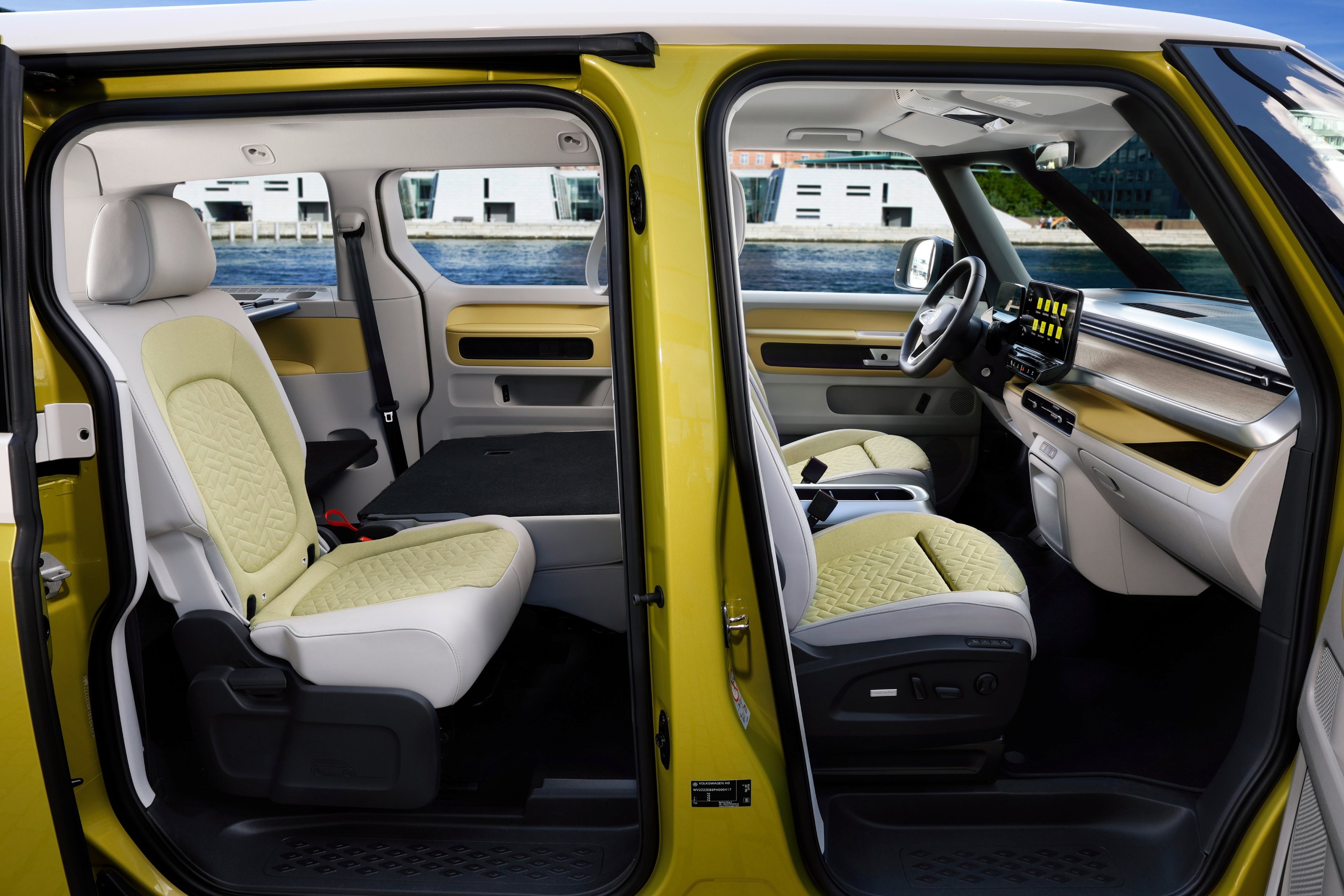
Not that the ID.Buzz is a slouch. With an official range of 258 miles (so just over 200 in real world use), it’s not quite as long-legged as more conventionally shaped rivals, but it easily sees off the other EV vans. Tuned for range and relatability, not out-and-out performance, the seating position is upright and far-sighted. Although you don’t quite sit above the front axle as in the vans of old, this is still very much a ‘cab forward’ design, and a good example of how an EV platform can easily adapt to a different body shape.
Receive our daily digest of inspiration, escapism and design stories from around the world direct to your inbox.
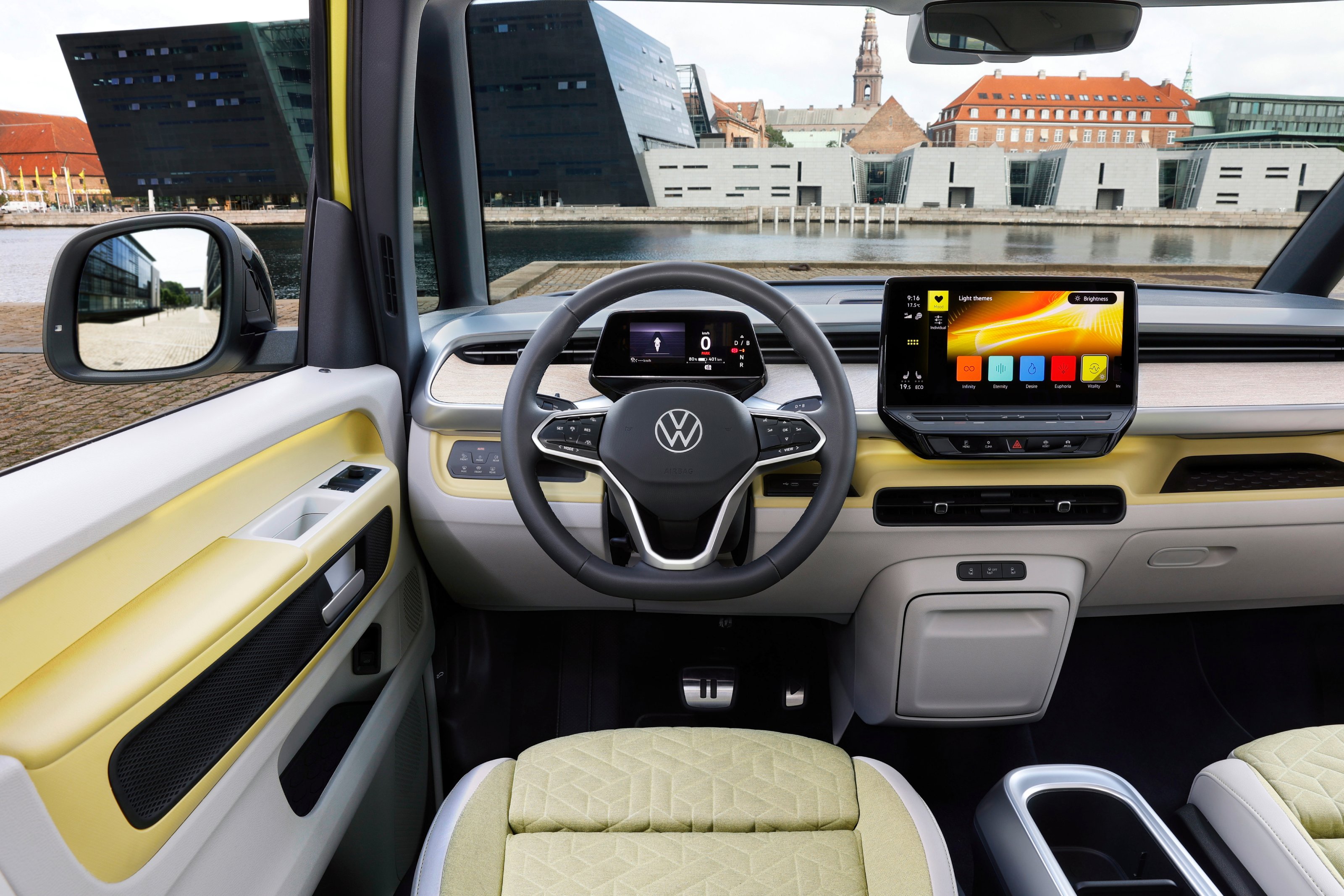
The cabin is well equipped, with oddment drawers, shelves and pockets providing ample storage space. The flat floor also opens up the internal space, while the rear bench folds perfectly flat with the dual level cargo deck, creating a generous double-bed sized space.
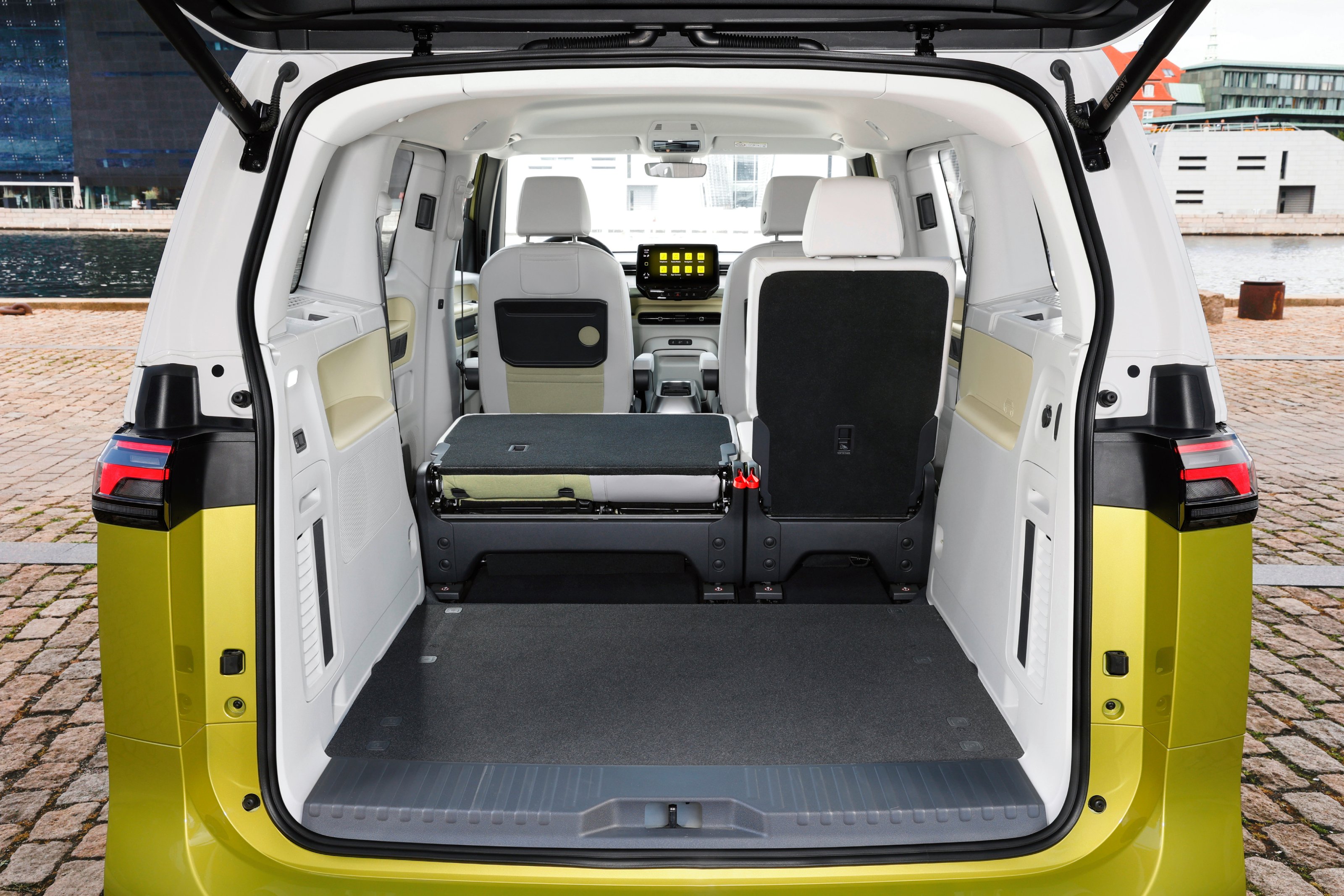
Aftermarket accessories are springing up, including items like Quququ’s BusBox-4, a compact folding mini-camper with stove, water supply and folding bed. Other innovations include German specialist ABT’s bespoke solar roof panels, which are design to top up the battery and provide power to onboard equipment. There’s also talk of allowing the Buzz to act as a standalone home power supply (something Hyundai’s Ioniq 5 can already do, amongst others).

Volkswagen ID.Buzz with the Quququ BusBox-4
What the ID.Buzz gets right is the blend of form and function. It’s that rarest of cars that attracts attention for its looks yet is also 100 per cent, undeniably practical.
The low-slung battery pack dispels any lingering memories of top-heavy vans and campers, providing solidity on the road, even in heavy winds, and the Buzz can also pick up speed with aplomb, another entirely un-van-like characteristic.
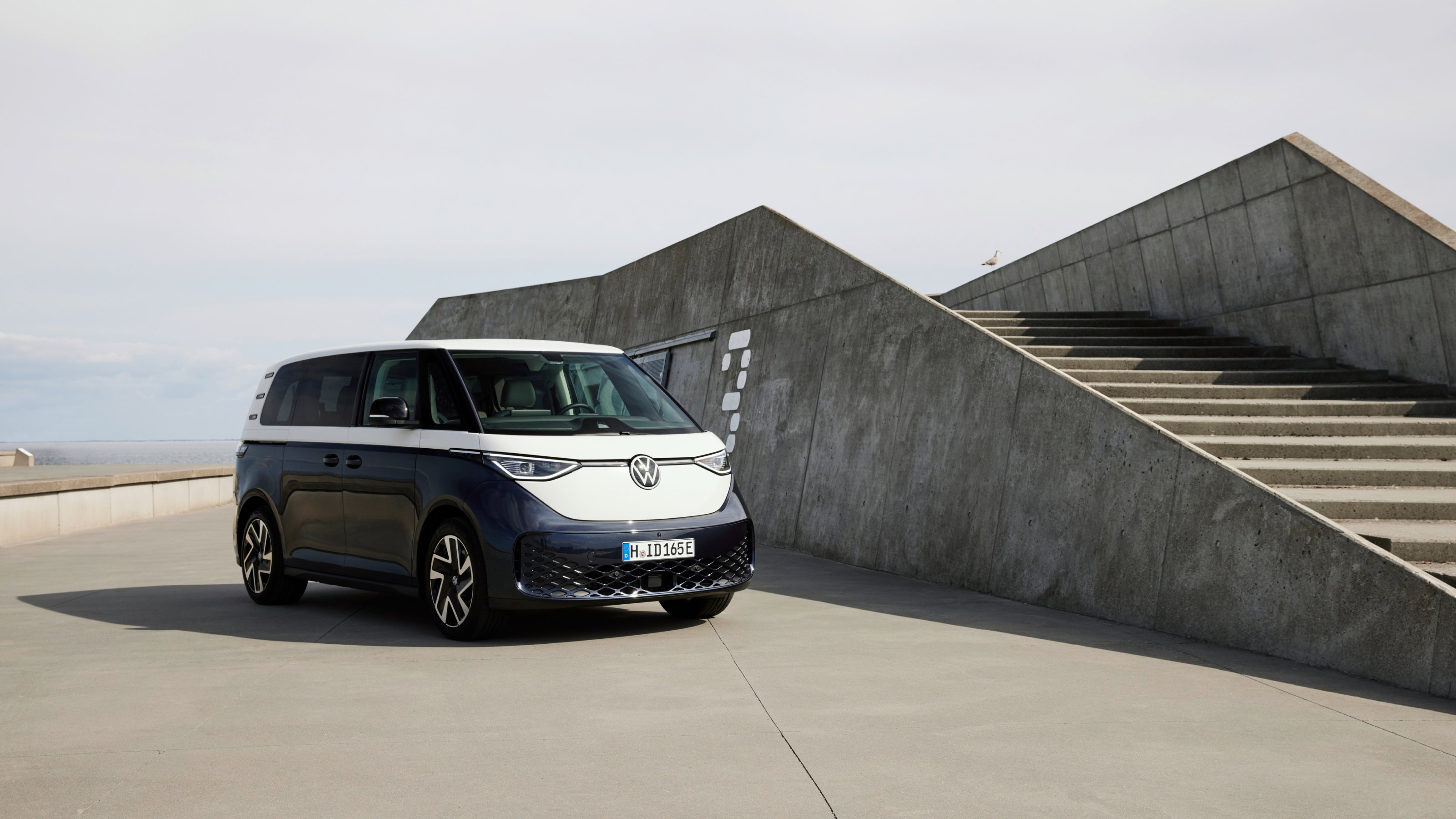
Other car makers must be looking jealously at how well VW has leveraged its heritage without compromising the forward-thinking modernity of a pure EV. As a result, VW hasn’t just remade an icon, it’s also built one of the first electric cars with guaranteed future classic status. It took a while to get here, but the ID.Buzz represents mission accomplished.
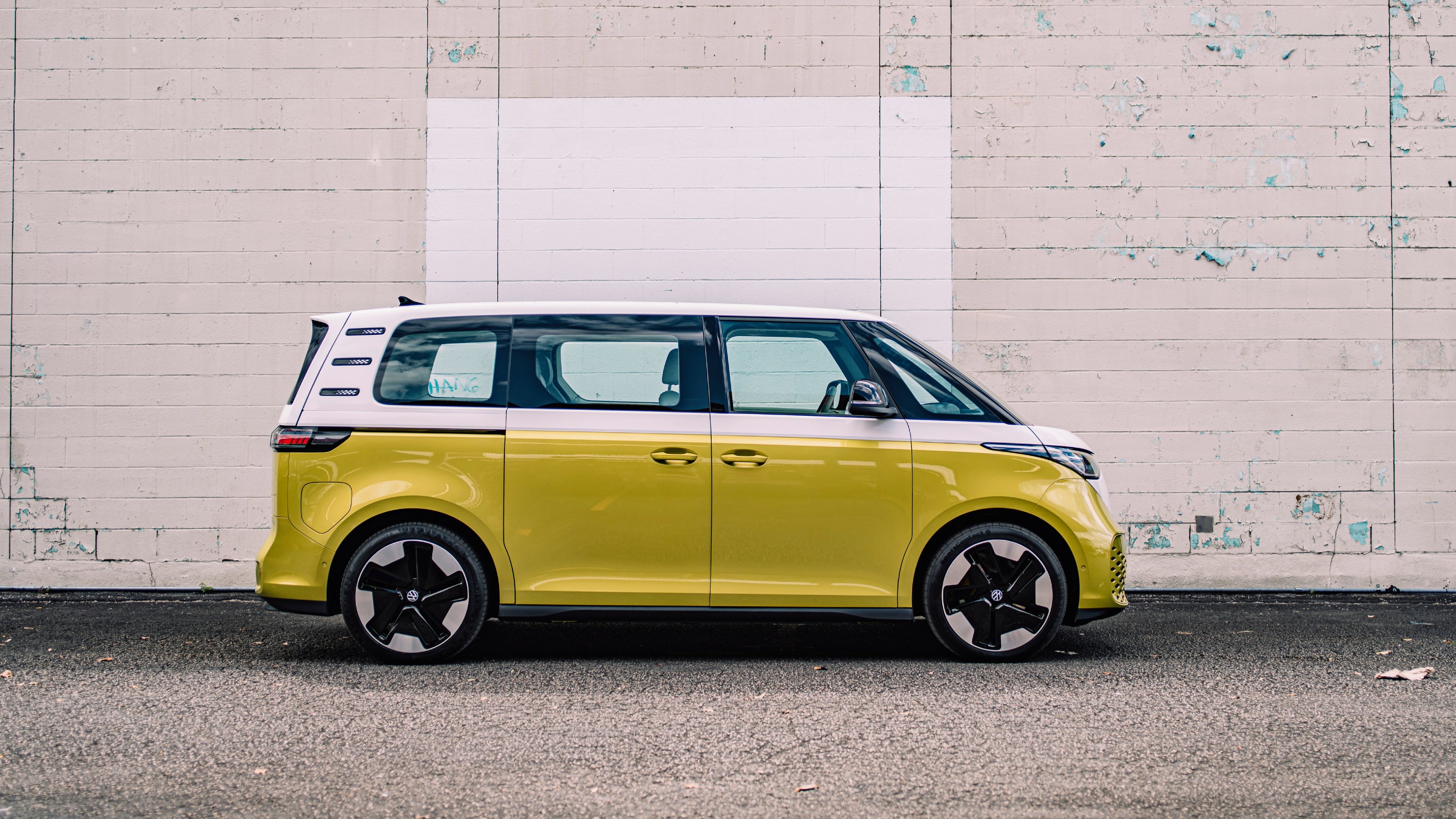
Volkswagen ID.Buzz, from £58,915 (ID.Buzz Life), £63,715 (ID.Buzz Style), Volkswagen.co.uk
Jonathan Bell has written for Wallpaper* magazine since 1999, covering everything from architecture and transport design to books, tech and graphic design. He is now the magazine’s Transport and Technology Editor. Jonathan has written and edited 15 books, including Concept Car Design, 21st Century House, and The New Modern House. He is also the host of Wallpaper’s first podcast.
-
 Europe’s auto industry regroups at the Brussels Motor Show: what’s new and notable for 2026
Europe’s auto industry regroups at the Brussels Motor Show: what’s new and notable for 20262026’s 102nd Brussels Motor Show played host to a number of new cars and concepts, catapulting this lesser-known expo into our sightlines
-
 Wallpaper* Best Use of Material 2026: Beit Bin Nouh, Saudi Arabia, by Shahira Fahmy
Wallpaper* Best Use of Material 2026: Beit Bin Nouh, Saudi Arabia, by Shahira FahmyBeit Bin Nouh by Shahira Fahmy is a captivating rebirth of a traditional mud brick home in AlUla, Saudi Arabia - which won it a place in our trio of Best Use of Material winners at the Wallpaper* Design Awards 2026
-
 Wallpaper* Design Awards: Boghossian’s gem wizardry dazzles in high jewellery
Wallpaper* Design Awards: Boghossian’s gem wizardry dazzles in high jewelleryBoghossian's unique mix of craftsmanship and modern design is behind the edgy elegance of its jewellery – a worthy Wallpaper* Design Awards 2026 winner
-
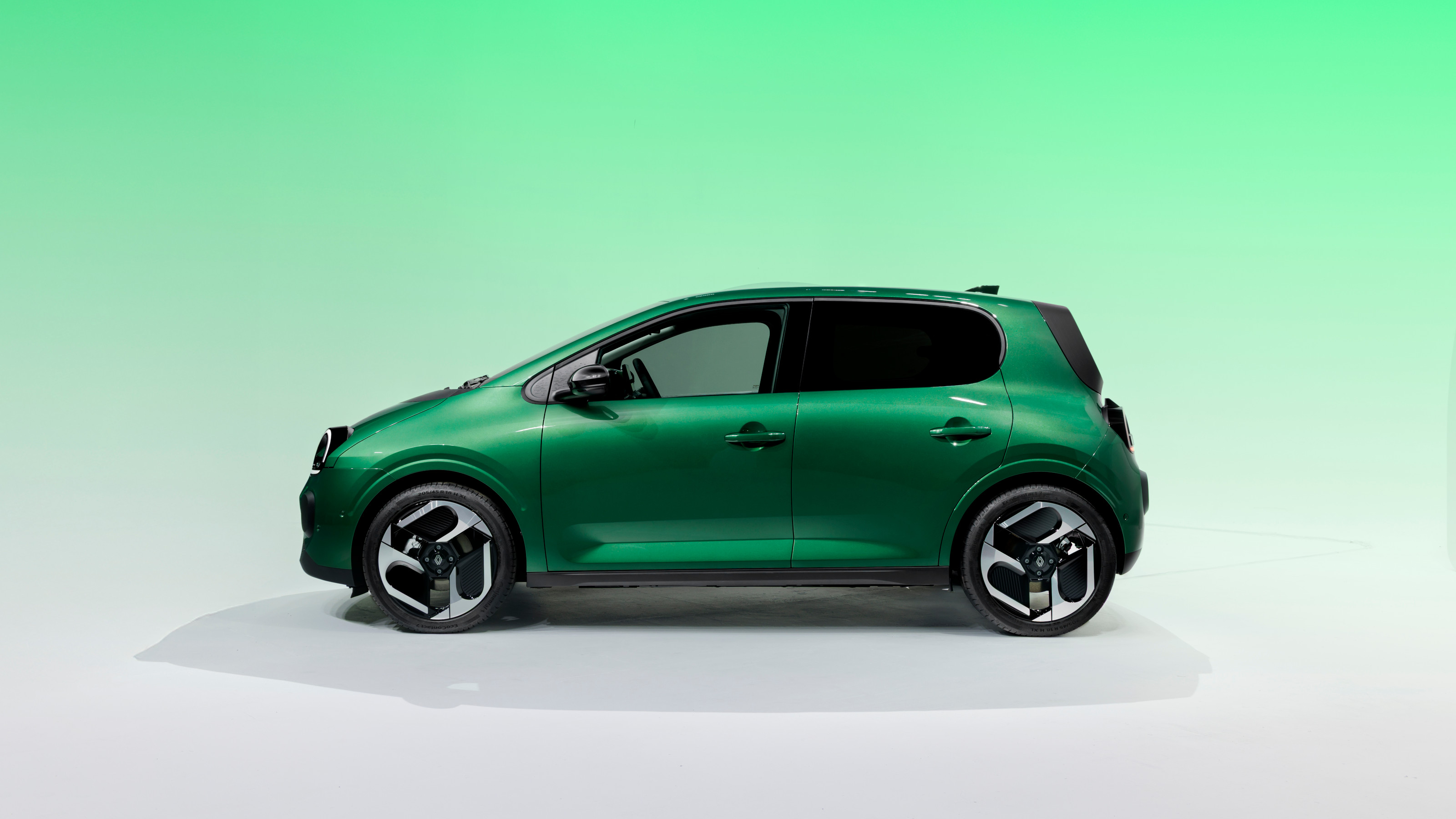 All hail the compact new Renault Twingo E-Tech – the city car is back in style
All hail the compact new Renault Twingo E-Tech – the city car is back in styleRenault continues to pay homage to its heritage by combining it with 21st-century technology. The new Twingo E-Tech is another winner
-
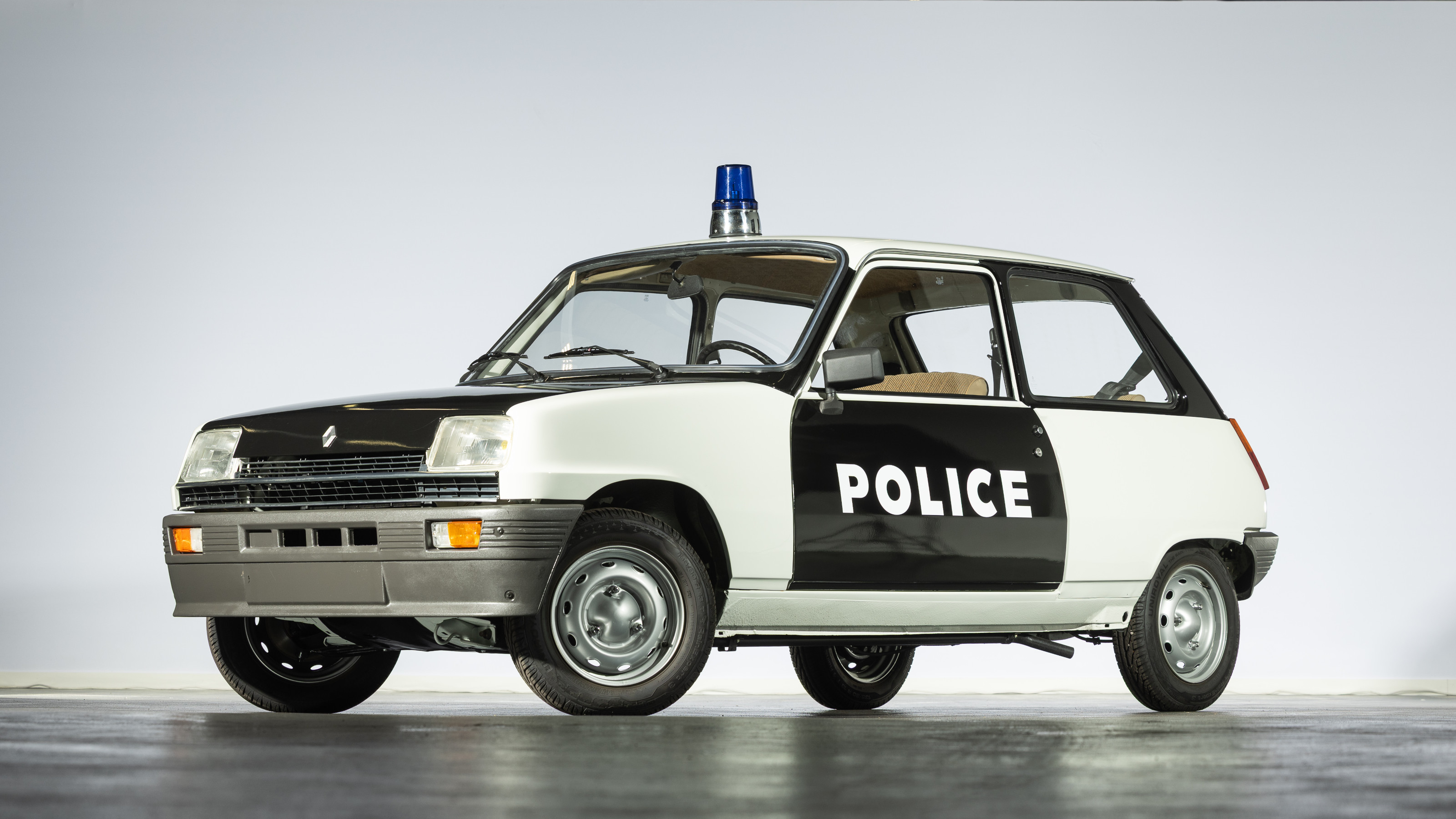 Fancy owning a piece of French automotive history? Bid in The Renault Icons Auction
Fancy owning a piece of French automotive history? Bid in The Renault Icons AuctionRenault is paring back its substantial collection of historic automobiles by auctioning off duplicate models. We present 14 of the finest lots
-
 All the new electric cars and concepts revealed at Munich’s IAA Mobility 2025
All the new electric cars and concepts revealed at Munich’s IAA Mobility 2025Munich’s alternative motorshow is now in its third iteration, combining a traditional exhibition space with a conference and large-scale public activations on the streets of the city
-
 The top 10 concept cars of 2024, as selected by Wallpaper’s Transport Editor
The top 10 concept cars of 2024, as selected by Wallpaper’s Transport EditorWe round up our favourite forays into futuristic design with this collection of concepts and design studies showcasing the transport of tomorrow
-
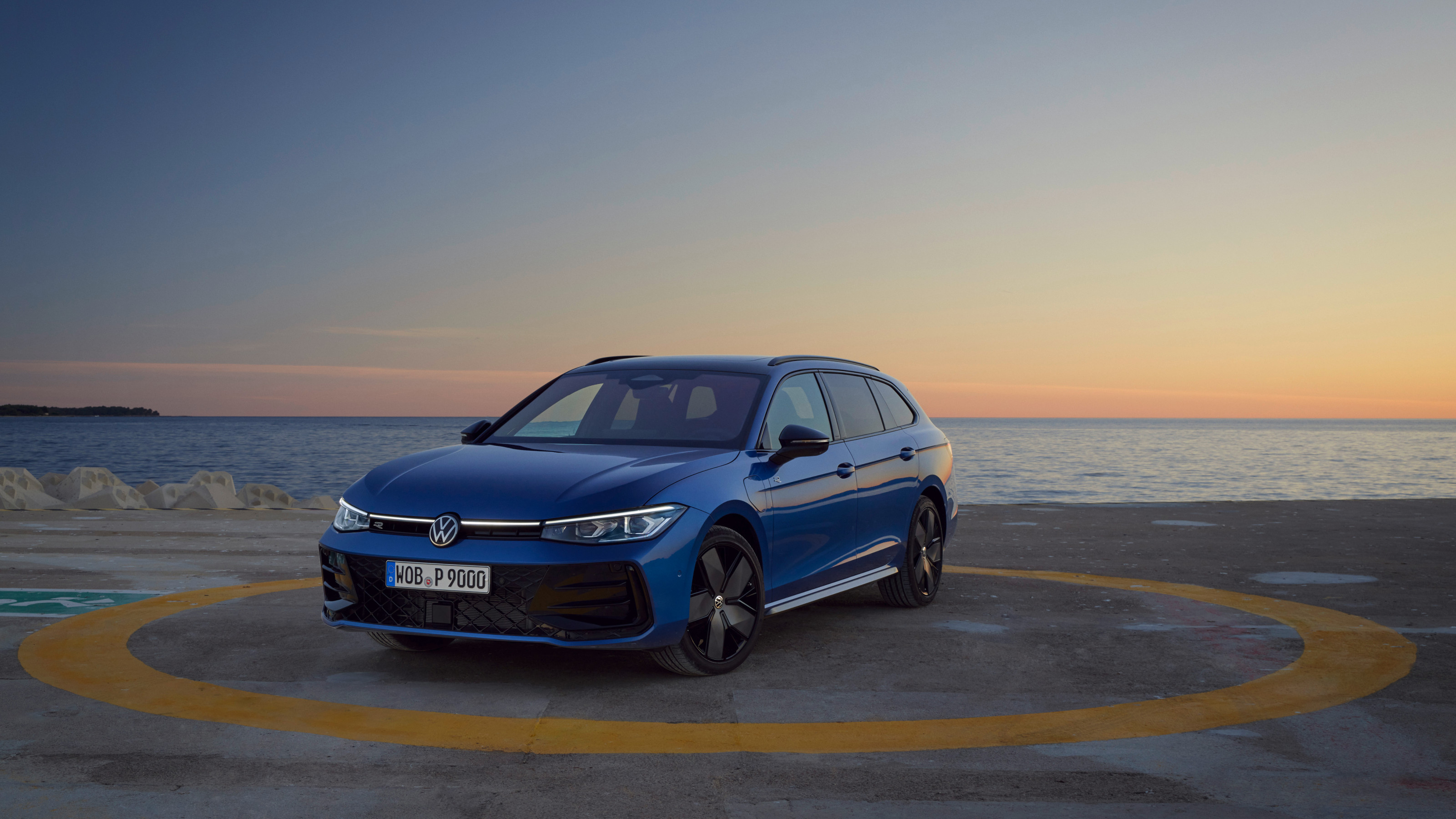 The Volkswagen Passat is a sober, straight edged estate car that feels increasingly out of time
The Volkswagen Passat is a sober, straight edged estate car that feels increasingly out of timeWhy would anyone pass on a Passat? Volkswagen’s big load lugger proves that the old ideas are still the best
-
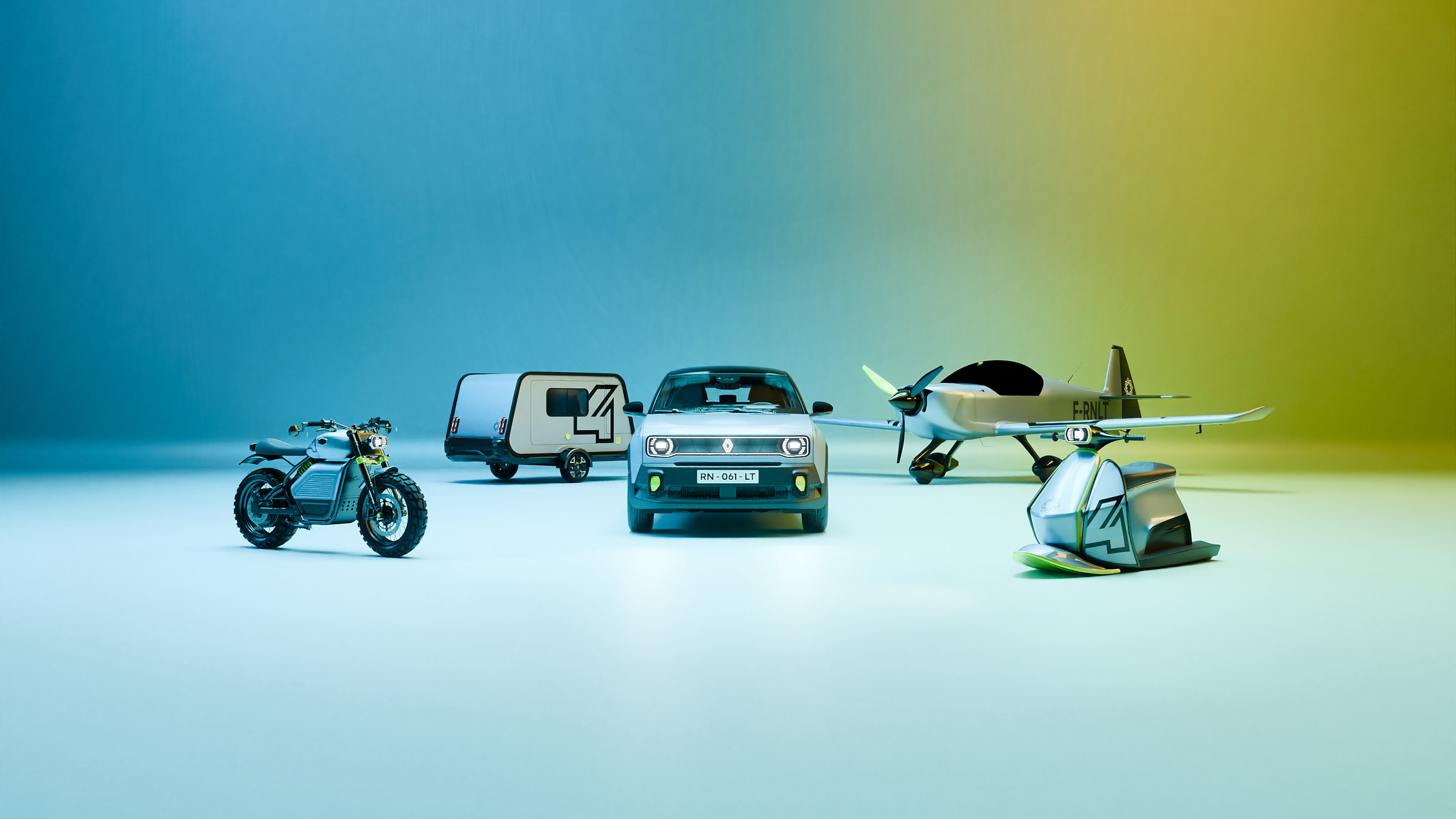 Renault celebrates new R4 EV and electric mobility with TheArsenale and four French start-ups
Renault celebrates new R4 EV and electric mobility with TheArsenale and four French start-upsRenault's '4 Movements' accompanied the R4 E-Tech at the 2024 Paris Motor Show; the clutch of sleek machines will bring innovative electrification to air, sea and water
-
 Volkswagen celebrates 50 years of the Golf, its most famous modern model, with a flight of fancy
Volkswagen celebrates 50 years of the Golf, its most famous modern model, with a flight of fancyWallpaper* travelled to eastern Turkey in search of the perfect backdrop to mark 50 years and eight generations of the evergreen VW Golf
-
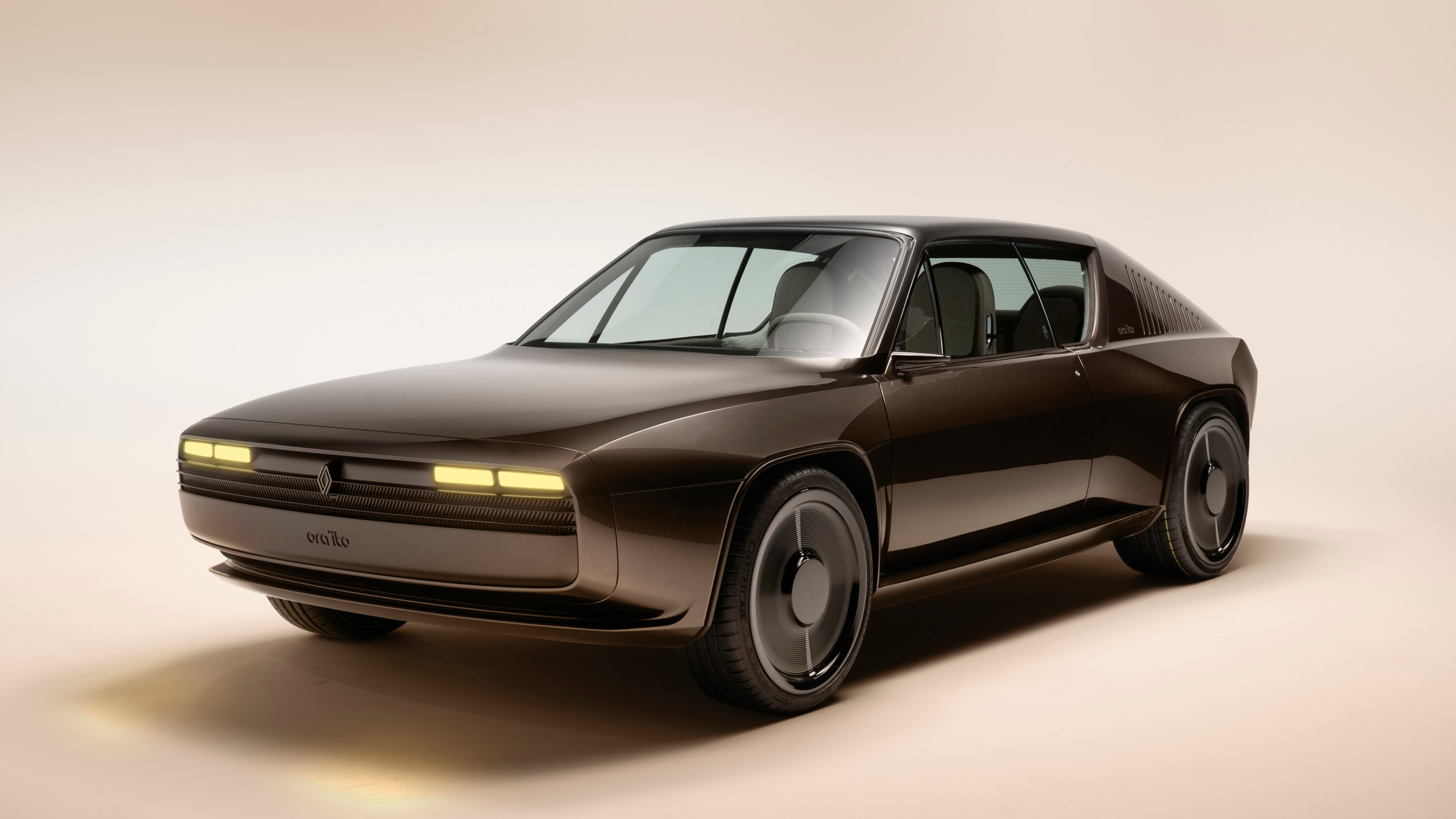 Ora-ïto transforms the Renault 17 into a futuristic yet retro-tinged vision
Ora-ïto transforms the Renault 17 into a futuristic yet retro-tinged visionThe R17 electric restomod x Ora-ïto is the fourth in Renault's series of designer-led reimaginings of iconic models from its past. We think it's the best of the lot